16 Trucking Industry Statistics in the UK – 2025 Update
-
Pete Ortiz
- Last updated:
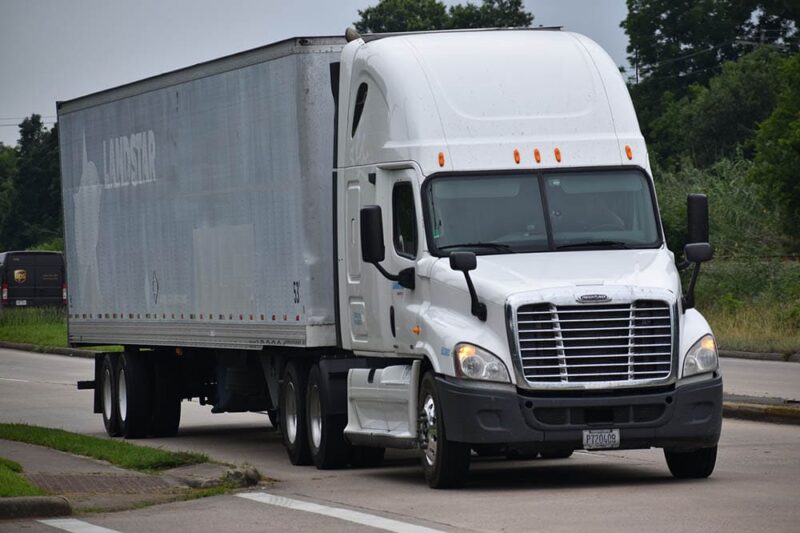
Note: This article’s statistics come from third-party sources and do not represent the opinions of this website.
The UK trucking industry is responsible for moving millions of tons of goods across the UK and overseas every year. It contributes tens of billions of pounds to the UK economy, and, like most sectors, it suffered during the Covid pandemic and subsequent lockdowns because shops and businesses were closed meaning fewer goods needed movement, and movements were restricted. The trucking industry also hit headlines recently because of a national shortage of skilled, qualified truck drivers, but the industry as a whole is expected to experience more than 2% growth per annum for the next 5 years.
Below are 16 statistics related to the trucking industry and logistics sector in the UK, including data on its importance to the overall economy and information relating to truck drivers and their employment prospects.
Click below to jump ahead:
 The 16 Trucking Industry Statistics in the UK
The 16 Trucking Industry Statistics in the UK
- The road freight industry is valued at £33 billion.
- Road freight contributed £13.6 billion to the UK economy in 2019.
- 89% of all transported goods are moved by road.
- There are more than 60,000 road freight businesses in the UK.
- The haulage and logistics sector is the fifth largest sector in the country.
- HGVs travel between 5,000 and 6,000 empty kilometres per year.
- There are half a million HGVs over 3.5 tonnes registered in the UK.
- 12% fewer goods were hauled in 2020, due to Covid restrictions, than in 2019.
- Industry revenue is expected to grow more than 2% per annum for the next 5 years.
- There were 39,000 fewer HGV drivers in 2021 than in 2019.
- More than 2.5 million people work in the UK haulage industry.
- There are 600,000 licensed goods vehicle drivers.
- 1 in 12 people work in the logistics sector.
- The average truck driver earns £15.76 per hour.
- Fewer than 1% of UK truck drivers are female.
- UK truck drivers are limited to driving 56 hours in a week or 90 hours in 2 consecutive weeks.
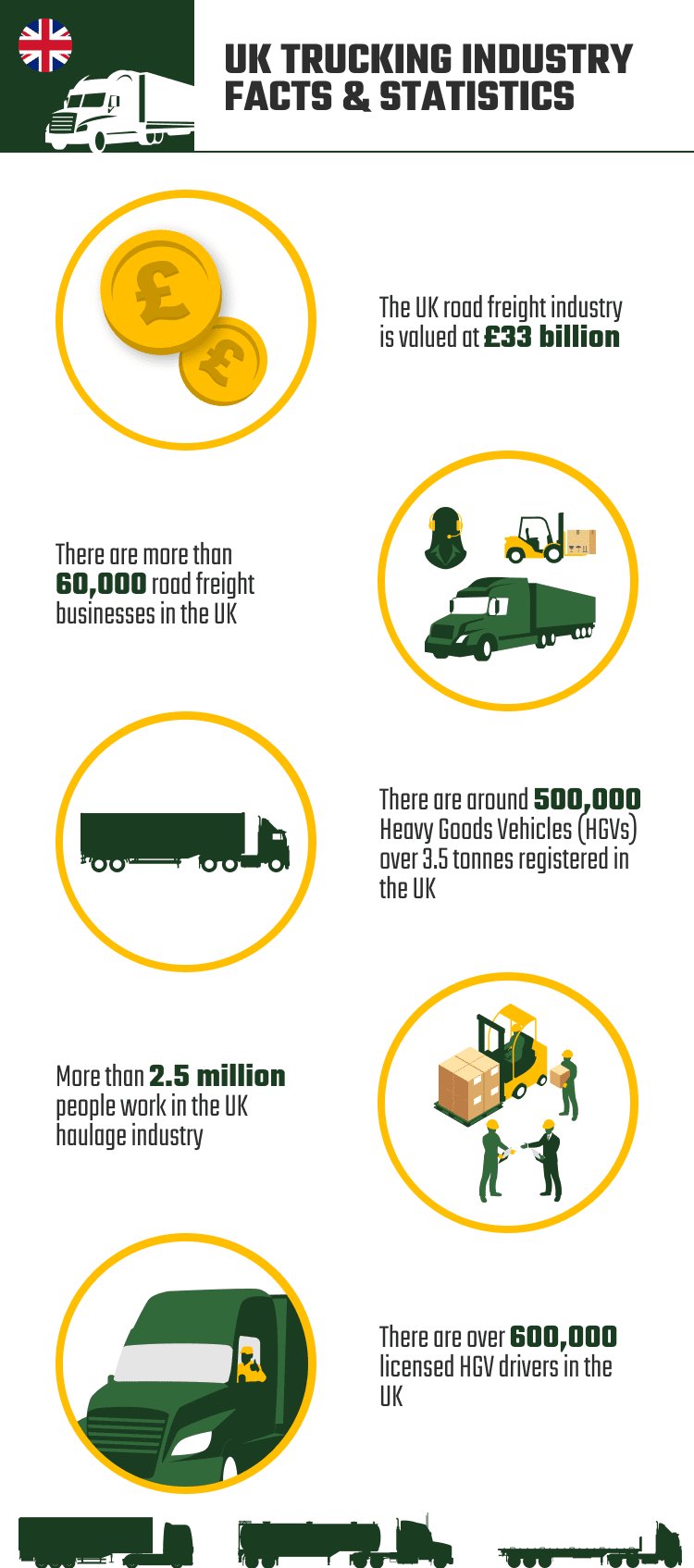
 The Trucking Industry
The Trucking Industry
1. The road freight industry is valued at £33 billion.
(Statista)
The road freight industry, or trucking industry, is responsible for the movement of goods and produce via road. It doesn’t include railway or air freight, but it does include the planning, administration, and logistics that go on behind the scenes. Like many industries, the UK trucking industry suffered during the Covid pandemic. Businesses were closed, which meant fewer goods were sold and therefore did not need moving. Food and essential goods were still bought and sold, however, and lockdowns didn’t last the entire year. So, while there was a drop compared to the years before Covid, the industry was worth an estimated £32 billion in 2021.
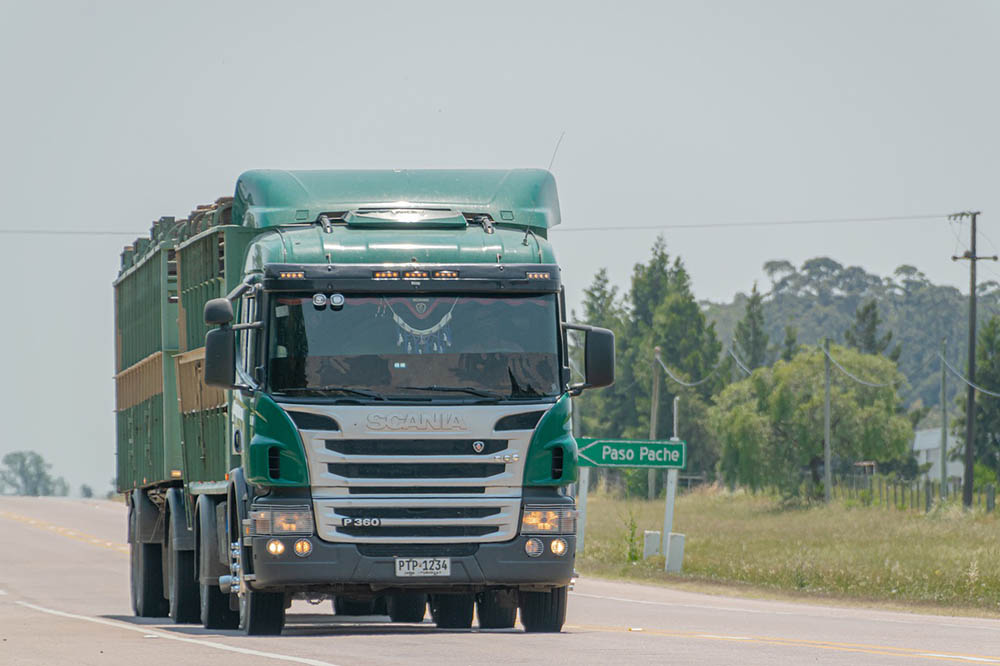
2. Road freight contributed £13.6 billion to the UK economy in 2019.
(gov.uk)
The year 2019 was the last whole year that was unaffected by Covid. The first cases were reported to the World Health Organisation on 31st December 2019 and the first UK lockdown didn’t occur until the end of March 2020. In 2019, before the world even knew what Covid was, the road freight industry contributed £13.6 billion to the UK economy, making it a significantly important industry.
3. 89% of all transported goods are moved by road.
(RHA)
Road haulage is not only vital to the economy but to business in general. 89% of all goods transported in the UK are moved primarily by road. Those goods that are moved via rail or air must also be moved to and from their collection and delivery points, which means that they are moved by road at these points. What’s more, 98% of agricultural goods are moved by road.

4. There are more than 60,000 road freight businesses in the UK.
(Ibis World)
The road freight industry employs millions of people in the UK and there are businesses up and down the UK. In total, there are more than 60,000 businesses within the road freight industry in the UK.
5. The haulage and logistics sector is the fifth largest sector in the country.
(HGV Alliance)
While the services sector dominates the UK economy, with economy and manufacturing in second and third places, the haulage and logistics sector is the fifth largest, by the number of people it employs, showing its importance to individuals as well as finance.
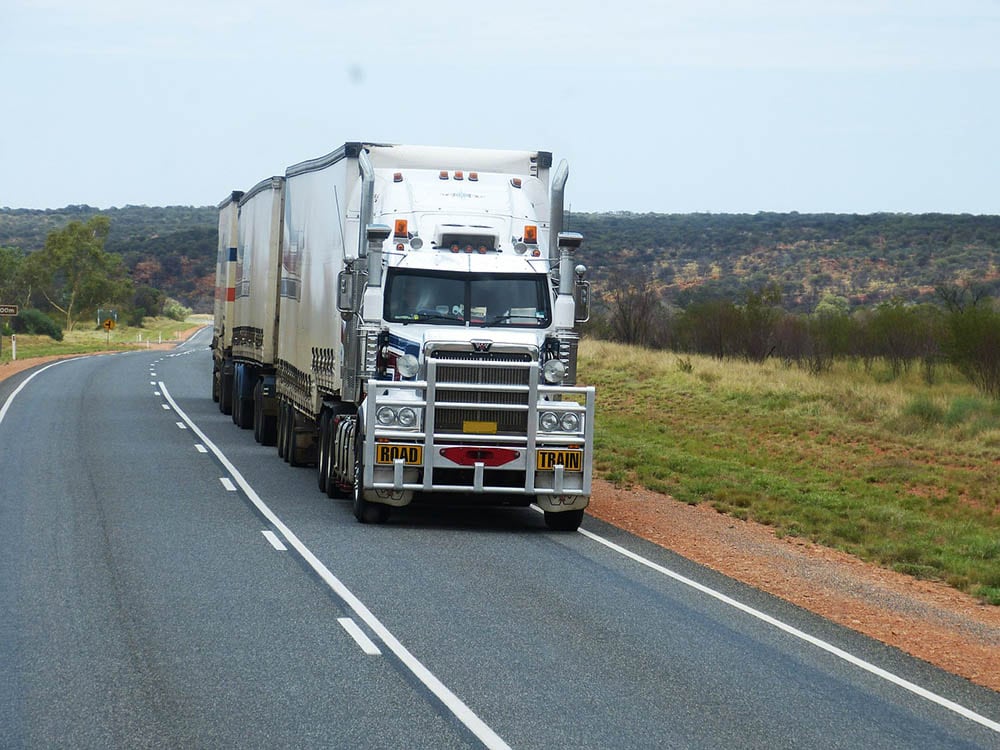
6. HGVs travel between 5,000 and 6,000 empty kilometres per year.
(gov.uk)
An empty kilometre is a kilometre travelled by an HGV when it is hauling no goods. Such journeys include travelling from a depot to the point of collection and from the point of delivery to the journey end. Empty runs can never be completely avoided. Even if a truck collects goods from close to a delivery point and returns them to its original point of collection, there is still some empty journey. HGVs typically cover around 6,000 empty kilometres in a year. This dropped to closer to 5,000 kilometres during the pandemic but will likely rise again.
7. There are half a million HGVs over 3.5 tonnes registered in the UK.
(HGV Alliance)
An HGV, or Heavy Goods Vehicle, has a gross vehicle weight of more than 3.5 tonnes. HGVs can have a vehicle weight of 44 tonnes or more, and this doesn’t account for the weight of goods being towed. Roughly 493,000 HGVs, which are all lorries weighing over 3.5 tonnes, are registered to be driven on UK roads.
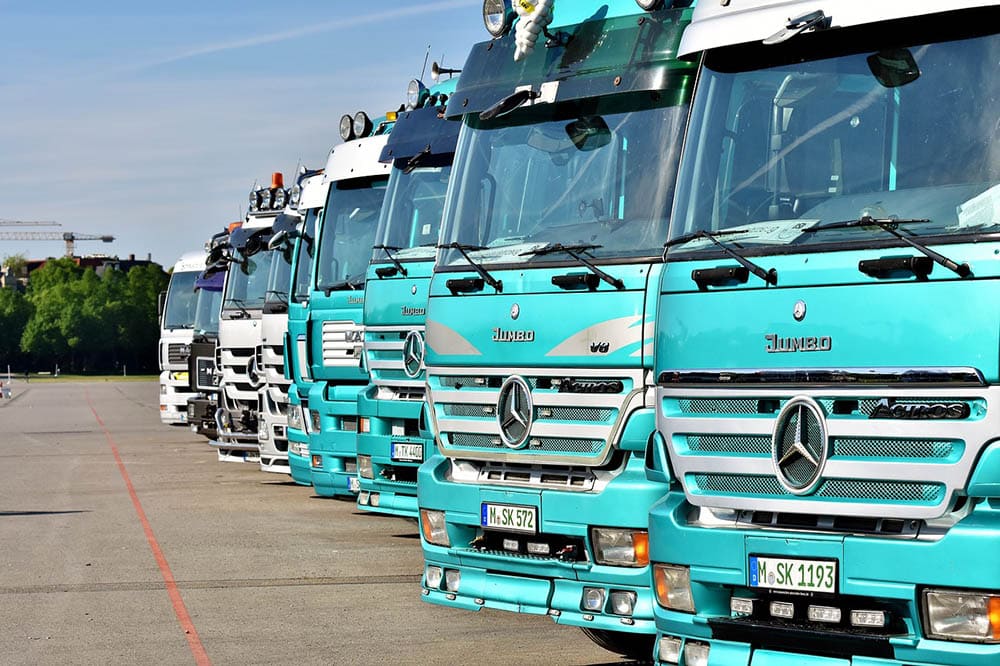
 Recent Performance and Forecasts
Recent Performance and Forecasts
8. 12% fewer goods were hauled in 2020, due to Covid restrictions, than in 2019.
(gov.uk)
The UK went into full lockdown in March 2020 with a staggered reopening starting in June. Local lockdowns followed in July and a partial lockdown in September. A second full lockdown commenced in November, partially reopening in December. As a result of these restrictions, many shops and other businesses closed their doors while people continued to work from home. The fallout of lockdowns was felt heavily in the trucking industry with 12% fewer goods shifted in the period, compared to the year before.
9. Industry revenue is expected to grow more than 2% per annum for the next 5 years.
(Ibis World)
As the country recovers from the Covid pandemic, new challenges await the trucking industry. Petrol and diesel prices have hit record highs and there is still a significant shortage in the number of drivers. Despite these challenges, the industry is expected to grow by 2.2% per annum for the next five years, reaching a total £33bn industry value.
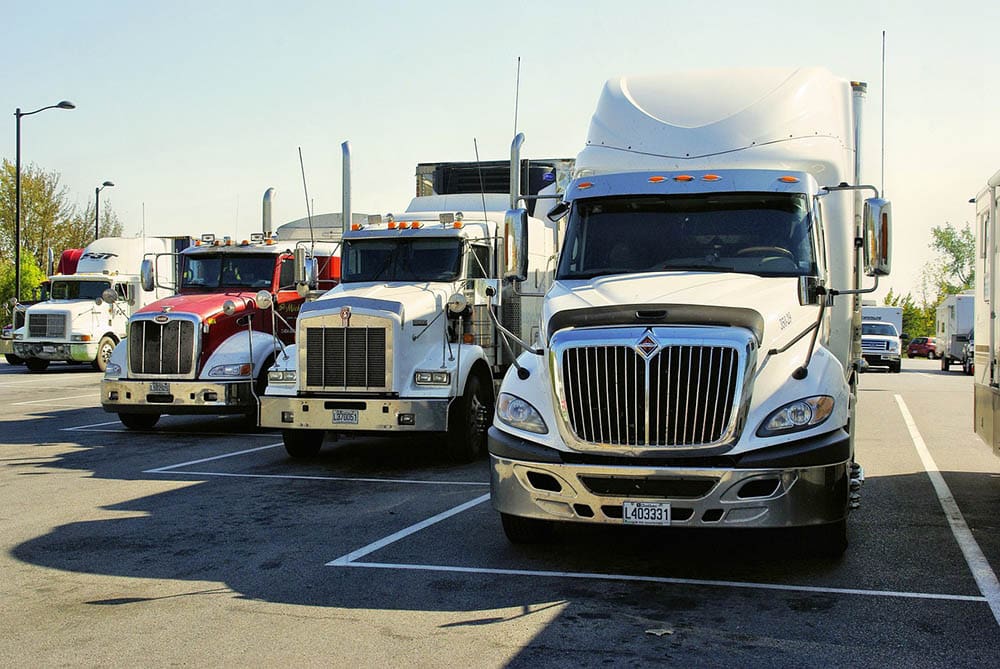
10. There were 39,000 fewer HGV drivers in 2021 than in 2019.
(ONS)
The country has seen a serious decline in the number of truck drivers employed in the industry, against a backdrop of greater demand for drivers. This has led to a serious shortfall and some companies have complained that they struggle to import or export goods as a result. There were nearly 40,000 fewer drivers in 2021 than in 2019, which forced the government to launch an employment drive to encourage people into, or back into, the profession.
 Truck Drivers
Truck Drivers
11. More than 2.5 million people work in the UK haulage industry.
(RHA)
The haulage industry employs more than drivers. There is a lot of logistics involved in ensuring that goods are collected and delivered as required, mechanics required to ensure that trucks are safe and run efficiently, and people required to move goods on and off trucks, as well as administrative and other workers. More than 2.5 million people are employed within the haulage industry in the UK making it a significant employer.
12. There are 600,000 licensed goods vehicle drivers.
(RHA)
To drive an HGV, a person has to have the appropriate licence. Practical training can last as little as five days, although the average driver will have a period of up to ten weeks from starting to training to having an HGV licence in hand. There are currently more than 600,000 licensed HGV drivers in the UK.
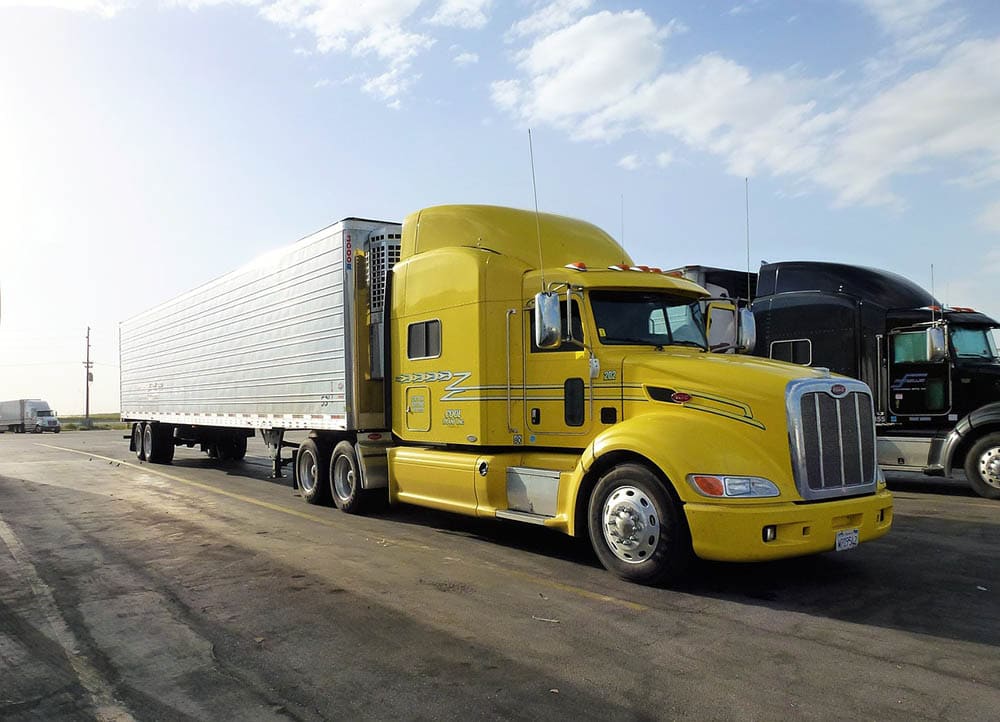
13. 1 in 12 people work in the logistics sector.
(HGV Alliance)
Such is the size of the logistics sector in the UK that 1 in 12 people work within the sector. While this figure does include drivers, it also includes a host of other jobs and job types from package handlers to forklift drivers and planners to managers and supervisors.
14. The average truck driver earns £15.76 per hour.
(Indeed)
Truck driving isn’t an ideal career for all. There are long periods of isolation, and a driver needs to concentrate for long periods. It can also take people away from their families for days at a time, especially on long-haul deliveries. For those that are interested in a career as a truck driver, the average salary is nearly £16 per hour with many companies paying up to £19 per hour. Assuming a 40-hour week, this means that the average driver earns £630 per week or over £32,000 per annum, and could earn more.

15. Fewer than 1% of UK truck drivers are female.
(British Trucking)
Truck driving is open to men and women, equally, but truck driving is still perceived by some to be a male-oriented job. The figures do back this up with 2,200 of the 315,000 registered UK truck drivers being female. The perceived lack of flexibility and the fact that drivers are away from their families for such long periods are believed to be among the main reasons for such a small number of women in the profession.
16. UK truck drivers are limited to driving 56 hours in a week or 90 hours in 2 consecutive weeks.
(gov.uk 2)
There are numerous rules in place regarding the number of hours that a person can drive an HGV legally. These are designed to protect the driver, other road users, and third parties. Although the UK has left the EU, the EU’s rules remain. A driver can drive 9 hours in a day, although this can be extended to 10 hours twice a week, and they can only drive a maximum of 56 hours in a single week and 90 hours in any two consecutive weeks. There are also rules governing breaks and how much time drivers must take between shifts.
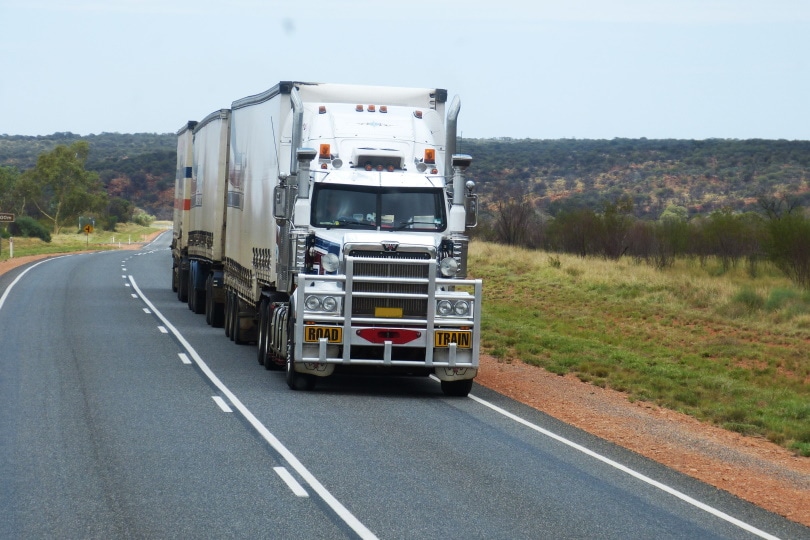
 Frequently Asked Questions (FAQs)
Frequently Asked Questions (FAQs)
What is the Biggest Haulage Company in the UK?
With more than 60,000 haulage companies in the UK employing more than 2.5 million people, there are a lot of businesses in the sector. Royal Mail is considered the largest logistics company, with annual revenue of £12 billion. Wincanton is the next largest, falling someway behind Royal Mail with an annual turnover of just over £1 billion.
(Statista)
How Do I Become a Truck Driver?
To be an HGV driver, you must be aged 18 or over and have a valid UK car licence. There are then various categories of licence that you can take, from Cat C1, which allows you to drive vehicles between 3.5 and 7.5 tonnes, to the Cat C+E licence that allows you to drive a vehicle weighing over 3.5 tonnes and pull a trailer that weighs more than 750kg.
(HGVT)
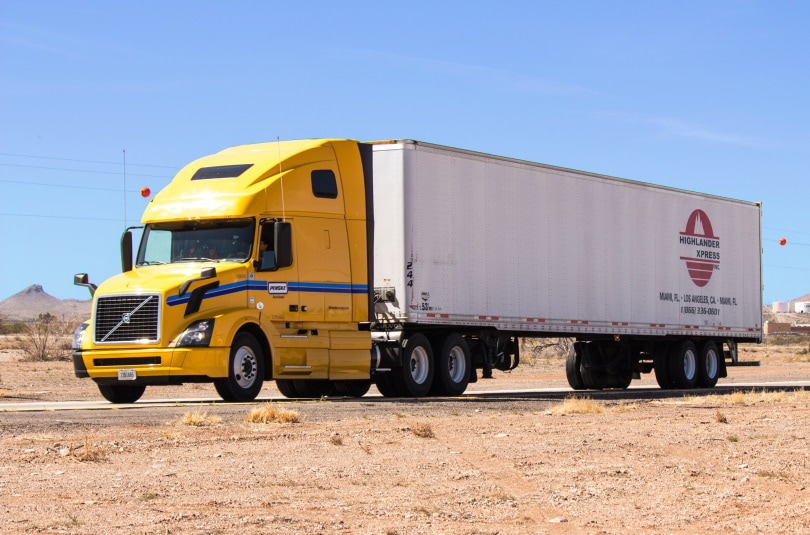
Does The UK Need Truck Drivers?
The Road Haulage Association (RHA) has said that the UK needs approximately 100,000 additional truck drivers to meet the reported shortage. The group went on to say that it would take as long as 18 months to train that many new drivers.
(RHA )
 Conclusion
Conclusion
The trucking industry is vital to the flow of goods and products around and into and out of the country. As one of the largest employment sectors in the UK, and with a value of £33bn, it is also very important to the economy. The industry suffered as a result of the Covid pandemic and still has a huge shortfall of drivers, with some sources claiming that the country needs 100,000 drivers to meet the shortfall.
Featured Image Credit: ArtisticOperations, Pixabay
Contents

 The 16 Trucking Industry Statistics in the UK
The 16 Trucking Industry Statistics in the UK The Trucking Industry
The Trucking Industry Recent Performance and Forecasts
Recent Performance and Forecasts